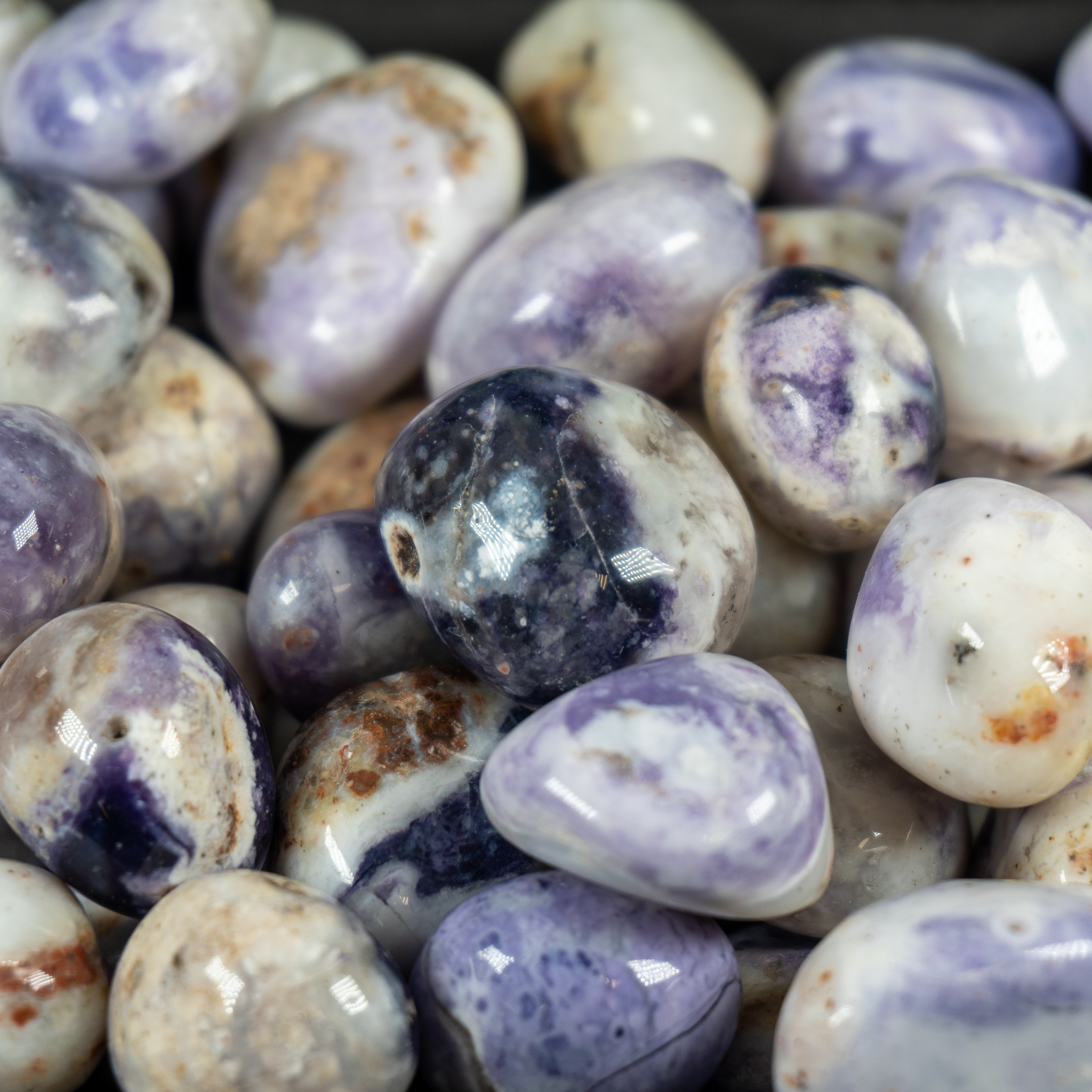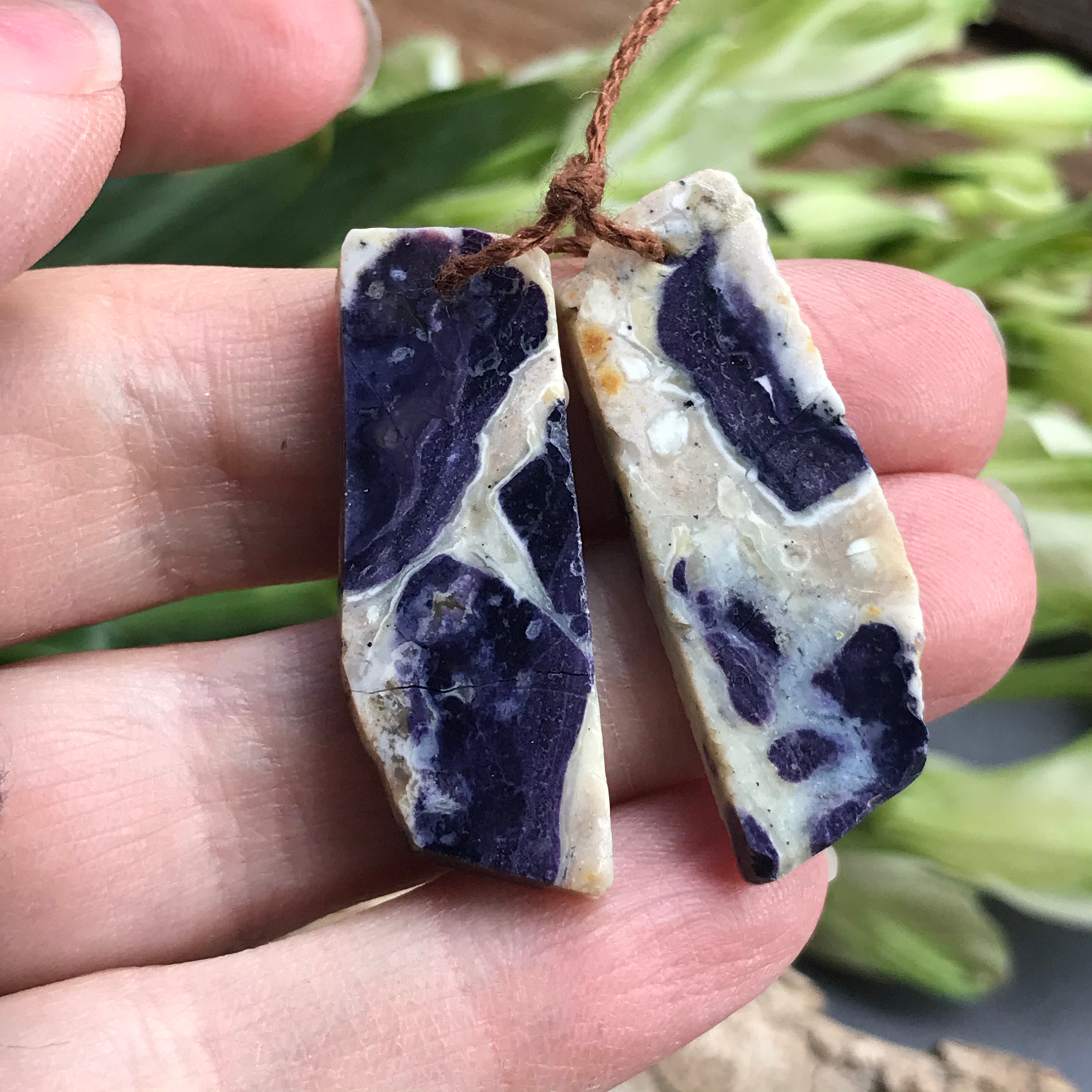

The possibilities and the limitations given by the FORS technique are critically discussed together with the spectral features of the most important gemstones. In this work, the use of UV-visible diffuse reflectance spectrophotometry with optic fibres (FORS) is proposed as a fast and easy method for the preliminary identification of gemstones, alternative to the classical methods used by gemmologists or to Raman spectroscopy, which is by far the instrumental method with the best diagnostic potential, but it cannot be used in situations of problematic geometric hindrance. While a gemmologist is able to recognise a counterfeit in most instances, more generally, it is not easy to do this without resorting to instrumental methods. Particularly, the most important precious stones, namely diamond, emerald, ruby and sapphire, are frequently subjected to counterfeit by substitution with objects of lesser value with similar appearance, colour or shape. The identification of gemstones is an important topic in the field of cultural heritage, given their enormous value. The first derivative of the UV-Vis spectral curves can aid in detecting the use of a dyeing treatment in red and yellow opal. By contrast, dyeing opals created several Raman peaks produced by external materials, and an extremely low Fe content was detected. The color of natural fire opals is related to the presence of Fe oxides and hydroxides (hematite, goethite) as confirmed by the Raman spectra, the first derivative of the UV-Vis spectral curves, and the relatively high Fe content by chemical analysis. The main infrared peak around 1099 cm−1 indicated the hydrophane origin of all the dyed materials. Ultra-depth microphotographs revealed uniform color distribution in the natural fire opal, while patches of color were observed in the dyed fire opal.


In this work, we present a combined spectroscopic (FTIR, Raman, UV-Vis) investigation and chemical analysis of four natural fire opals from Mexico and Ethiopia and four dyed samples. With consumers’ enthusiasm for fire opals, dyed fire opal has gradually entered the jewelry market, which has made an impact on consumer perception and trade. Fire opal is much sought after for its flame-like red-orange-yellow body-color.


 0 kommentar(er)
0 kommentar(er)
